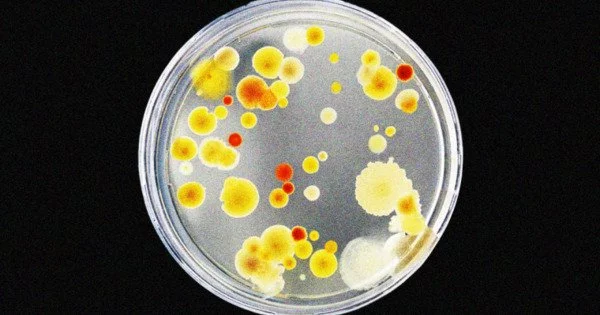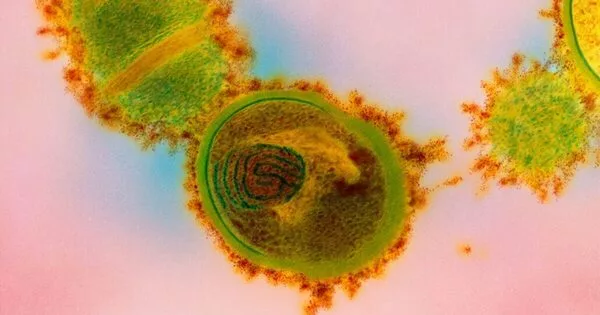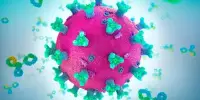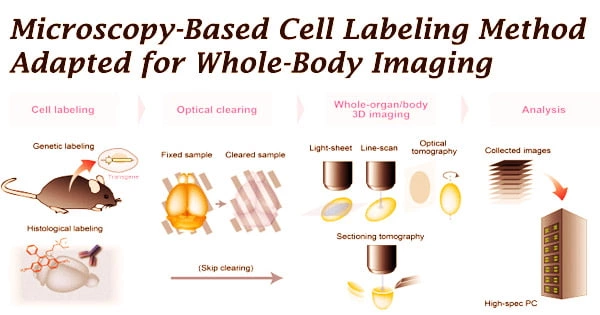Silver nanoparticles have shown promise in fighting antibiotic-resistant bacteria. Studies have demonstrated that silver nanoparticles have strong antimicrobial properties and can be effective against a wide range of bacteria, including those that are resistant to antibiotics.
A new study discovered that a low dose of a common antibiotic combined with small amounts of silver nanoparticles inhibited the growth of resistant bacteria. Researchers from the University of Florida discovered that a combination of silver nanoparticles and antibiotics was effective against antibiotic-resistant bacteria in a new study.
The researchers hope to use their discovery to develop a treatment for some antibiotic-resistant infections. Each year, antibiotic-resistant infections kill over a million people worldwide. Silver has been known for centuries to have antimicrobial properties. Silver nanoparticles, on the other hand, are microscopic spheres of silver small enough to operate at the cellular level, representing a new frontier in using the precious metal to fight bacteria.
In this study, the research team tested whether commercially available silver nanoparticles boost the power of antibiotics and enable these drugs to counter the very bacteria that have evolved to withstand them.
We discovered that silver nanoparticles and a common class of broad-spectrum antibiotics known as aminoglycosides work synergistically. When combined with a small amount of silver nanoparticles, the amount of antibiotic required to inhibit the bacteria decreased 22-fold, indicating that the nanoparticles make the drug much more potent.
Daniel Czy
“We discovered that silver nanoparticles and a common class of broad-spectrum antibiotics known as aminoglycosides work synergistically,” said Daniel Czy, senior author of the study and an assistant professor in the UF/IFAS department of microbiology and cell science.
“When combined with a small amount of silver nanoparticles, the amount of antibiotic required to inhibit the bacteria decreased 22-fold, indicating that the nanoparticles make the drug much more potent,” Czy explained. “In addition, aminoglycosides can have negative side effects, so using silver nanoparticles could allow for a lower dose of antibiotic, reducing those side effects.”
The findings were both surprising and exciting, said Autumn Dove, first author of the study and a doctoral candidate studying microbiology and cell science in the UF/IFAS College of Agricultural and Life Sciences.
“When I first saw the result, my first thoughts were, ‘Wow, this works!'” said Dove.

Overuse of antibiotics has resulted in the emergence of antibiotic-resistant bacteria and a decline in the effectiveness of traditional antibiotic drugs, according to the researchers. The findings of the study suggest that silver nanoparticles have the potential to restore the effectiveness of some of these drugs.
“Suppose you get a bad burn on your hand and it becomes infected with one of these resistant strains of bacteria,” Dove explained. “It’s possible that treating the burn with a combination of silver nanoparticles and antibiotics could clear the infection while also preventing the resistant bacteria from spreading elsewhere.”
Antibiotics primarily target bacteria, but they can also harm human and animal cells. The researchers confirmed that the silver nanoparticles did not make the antibiotic more toxic to non-bacterial cells using a microscopic worm called C. elegans.
Based on the study’s promising findings, the scientists intend to seek FDA approval for clinical trials and collaborate with UF Innovate to patent an antimicrobial product containing silver nanoparticles.
Silver nanoparticles work by disrupting the cellular structures of bacteria, leading to their death. This mode of action makes them particularly effective against bacteria that have developed resistance to antibiotics, as the nanoparticles do not target specific bacterial mechanisms that can be mutated to resist the treatment.
















